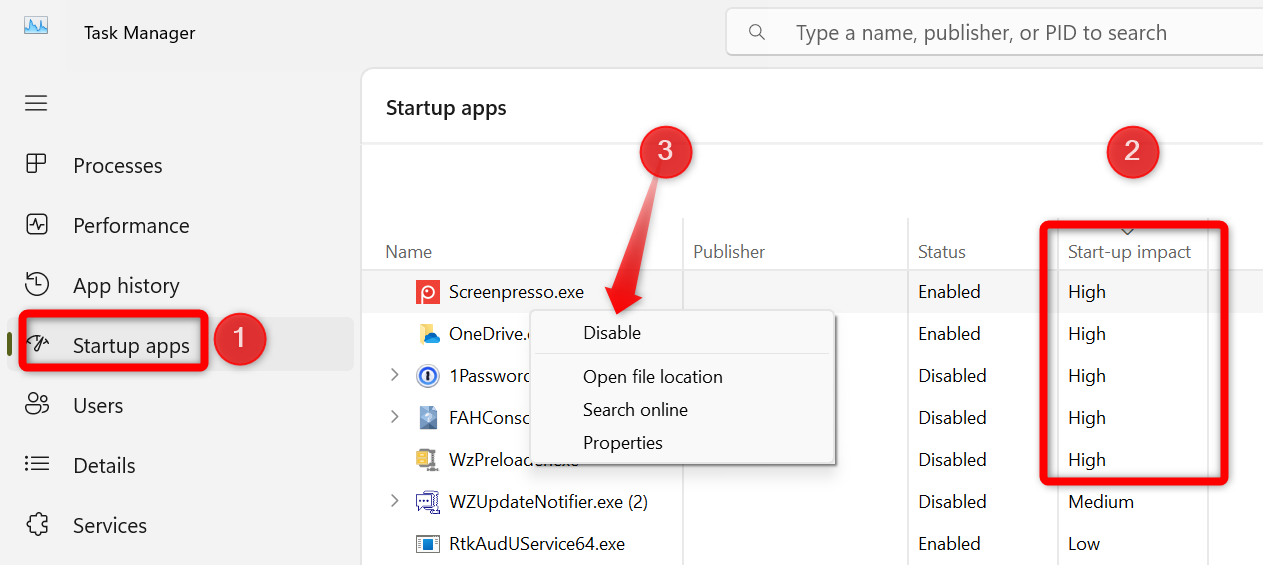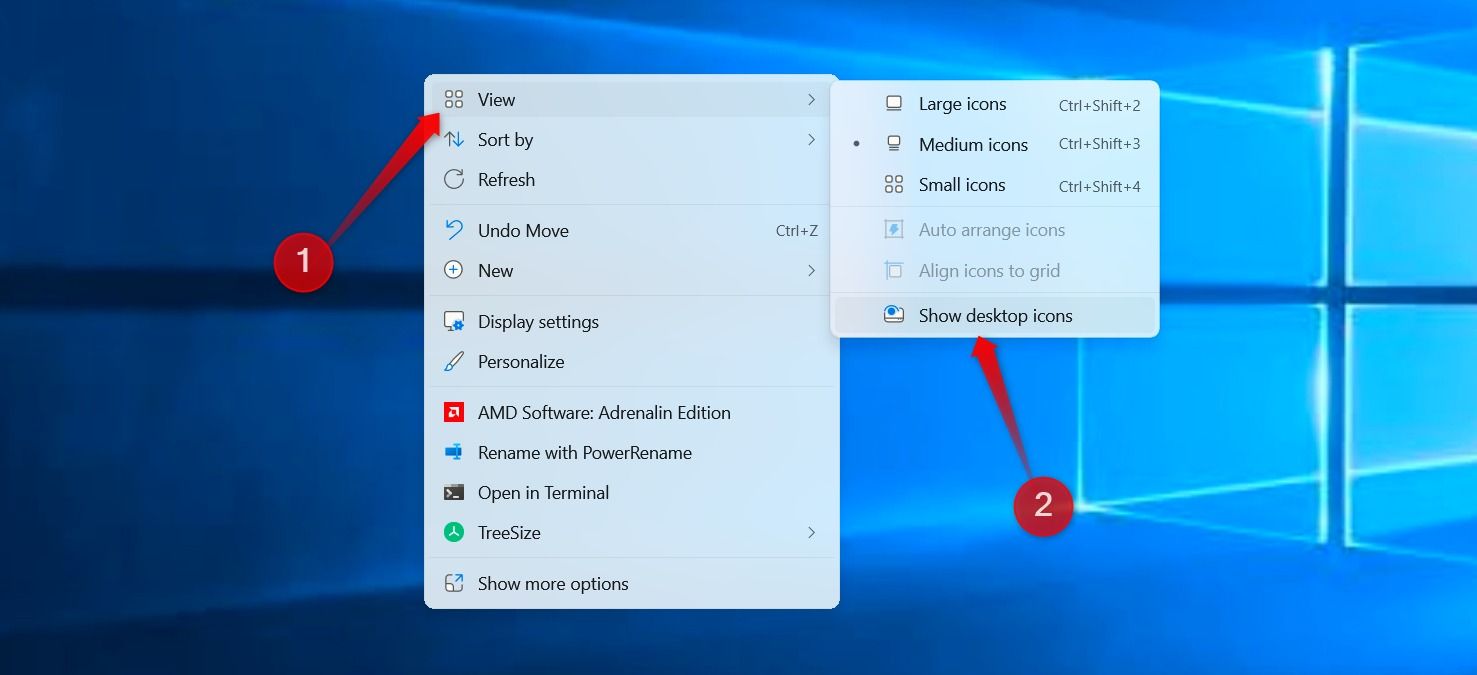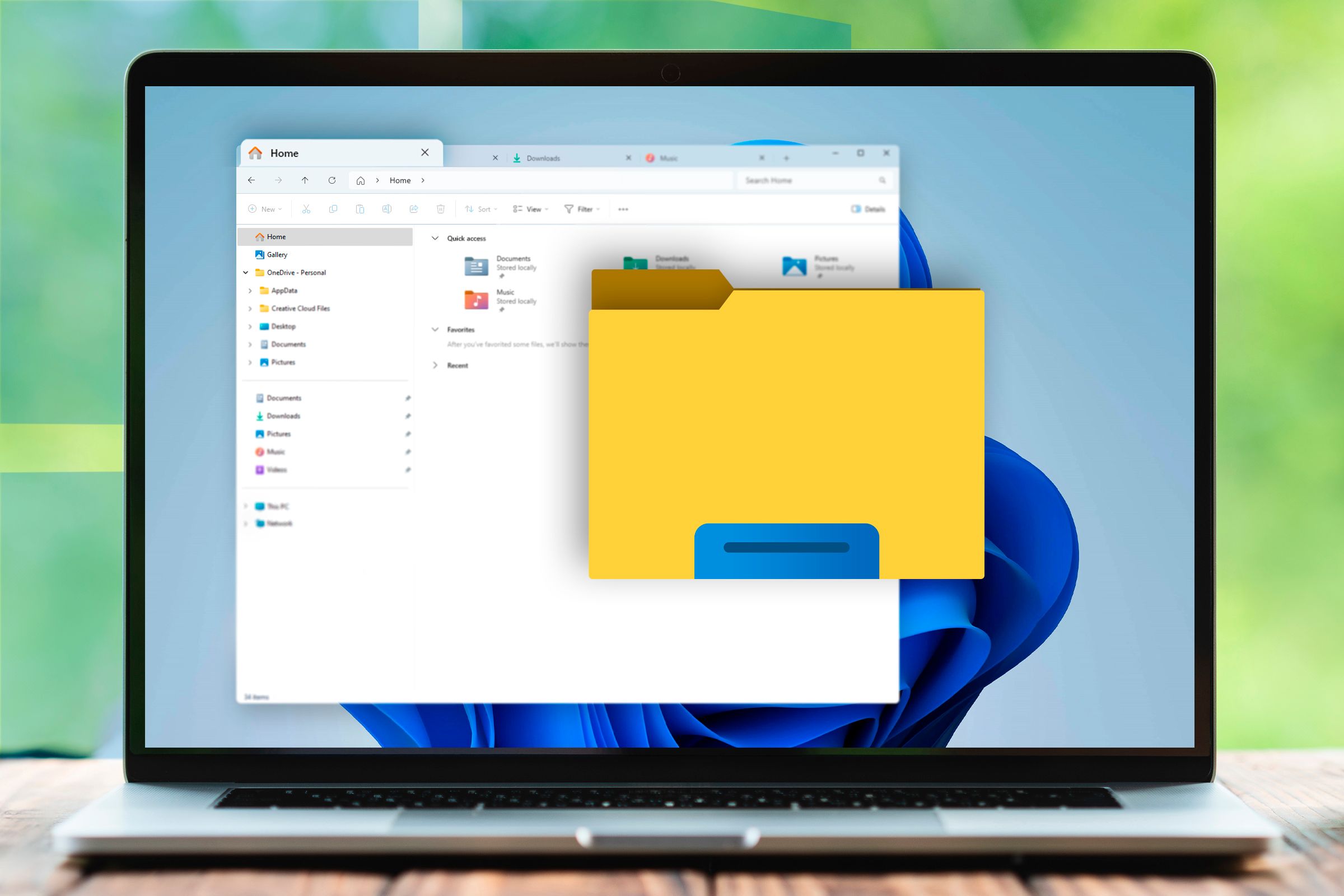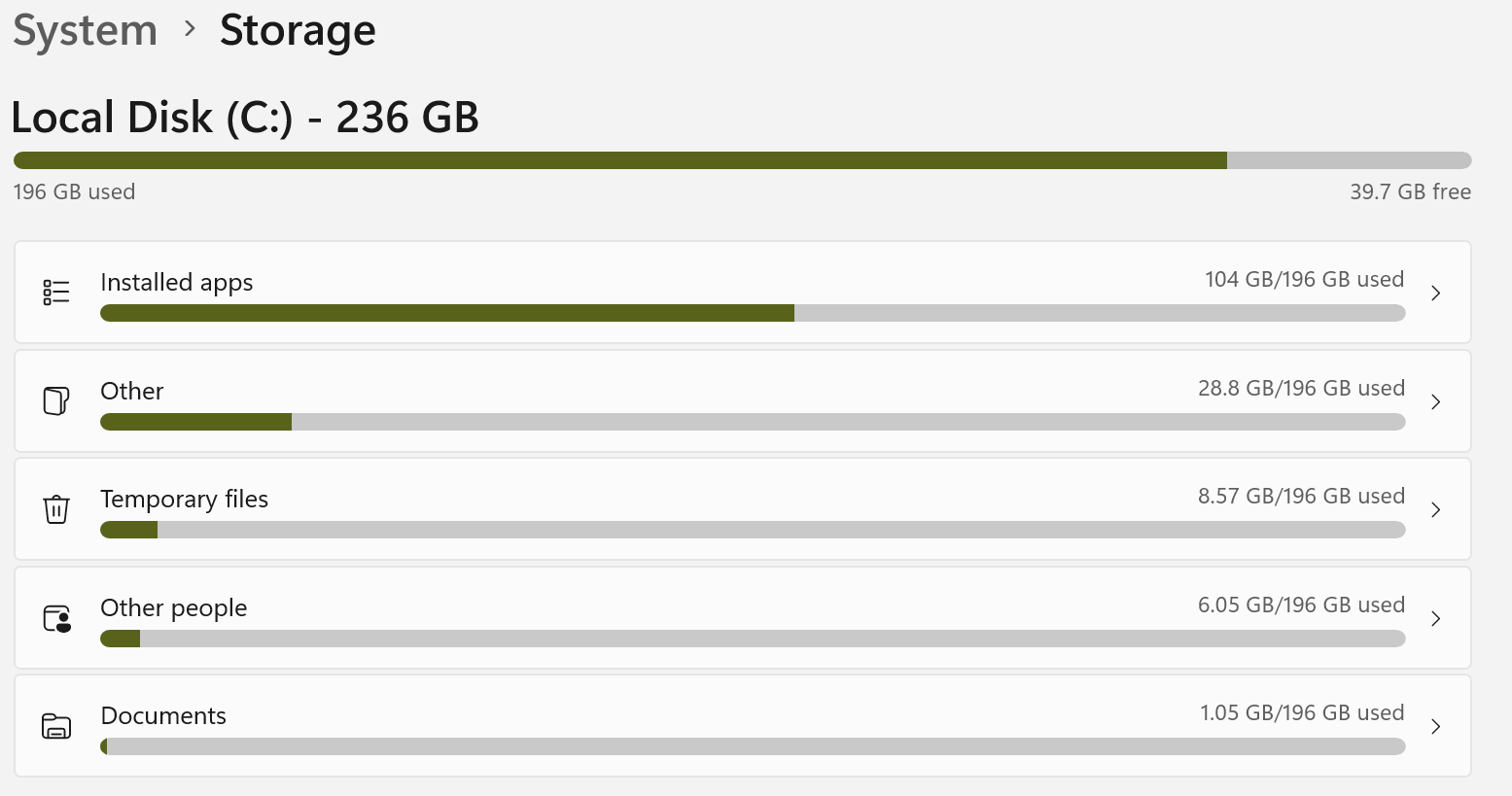When you freshly install Windows or get a new device, everything feels clean—the desktop is tidy, drives are empty, and boot times are fast. Over time, we often make mistakes that can spoil the overall Windows experience. If you want Windows to look clean and run like new, here are some mistakes to avoid.
5
Adding Too Many Startup Apps
Allowing too many apps to run at startup is one of the most common mistakes that can make you dislike Windows. Every app that gets added (or sneaks its way) into your startup list has to load when your system boots up, even if you don’t use it immediately. This can clutter the desktop as the system boots up and delay the time it takes for your device to be ready to use.
If your computer takes forever to load, removing unnecessary startup apps can help. Right-click on the Start button and open “Task Manager.” Go to the “Startup Apps” tab on the left, find apps you don’t want to run at startup and disable them. Right-click on any app and choose “Disable.”
Disabling startup apps can help your PC boot faster, but other factors could also slow it down. So, check for other issues to make your computer boot in seconds instead of minutes.
4
Cluttering the Desktop
If, like me, you overload your desktop with too many files, shortcuts, and folders and forget to delete the ones you no longer need, your desktop likely ends up in a chaotic mess. This clutters your desktop and makes locating the shortcuts you need more difficult, which is another way to spoil your device’s clean look.
To create a minimalist look, you need to clear this clutter. So, delete any duplicate shortcuts, organize frequently used files into a single folder, and aim to keep the number of shortcuts to a minimum. If you want an even cleaner look, you can temporarily hide all desktop icons. Right-click on the desktop, go to “View,” and click “Show Desktop Icons.”
3
Disorganizing Your Data
When you store your documents and files in random folders without organizing them into proper categories, your storage can quickly become disorganized, making it difficult to find what you need. Without a consistent naming convention, things only get more complicated. To maintain a clean Windows experience, you have to keep your storage organized.
So, create broad folders like Work, Personal, and Projects, then organize your files into subfolders for specific tasks, projects, or types of personal data. You can even create deeper subfolders to establish a logical hierarchy, making it easier to locate files. Also, regularly clean out old files you no longer need and relocate data based on how frequently you need it.
2
Running Out of Storage Space
Windows requires free disk space for virtual memory, temporary files, system updates, and caching. If your storage is almost full and the drive holding the OS runs out of space, your system will start to slow down. Applications will take longer to load, files will take ages to open, and overall performance will feel sluggish.
To ensure Windows can run smoothly, you need to free up storage to have enough free space on the drive containing the operating system. To see what’s taking up space, go to Settings > Storage. From there, you can delete unnecessary files, uninstall unused apps, move data to other drives, or transfer less essential files to an external drive.
Maintaining enough free space for essential Windows tasks will keep your system running efficiently. It will also save you from the frustration of receiving low storage warnings.
1
Excessive Interface Customization
The default look of the Windows 11 interface can feel dull, though it is an improvement over previous versions. You’re allowed to customize it—I’ve done it myself. The issue arises when you overdo it. Enabling every visual effect or using multiple third-party apps to tweak the taskbar, icons, and other system elements can lead to problems.
Excessive customization can strain your device’s hardware, slowing its performance, especially on lower-end machines. The more apps you add, the more likely you are to encounter issues; identifying the source of those problems becomes harder. Constantly changing the interface can also make your computer feel disjointed and less like your own.
I suggest focusing on key adjustments, such as rearranging the taskbar or picking a theme. You should also prefer built-in customization options over third-party tools.
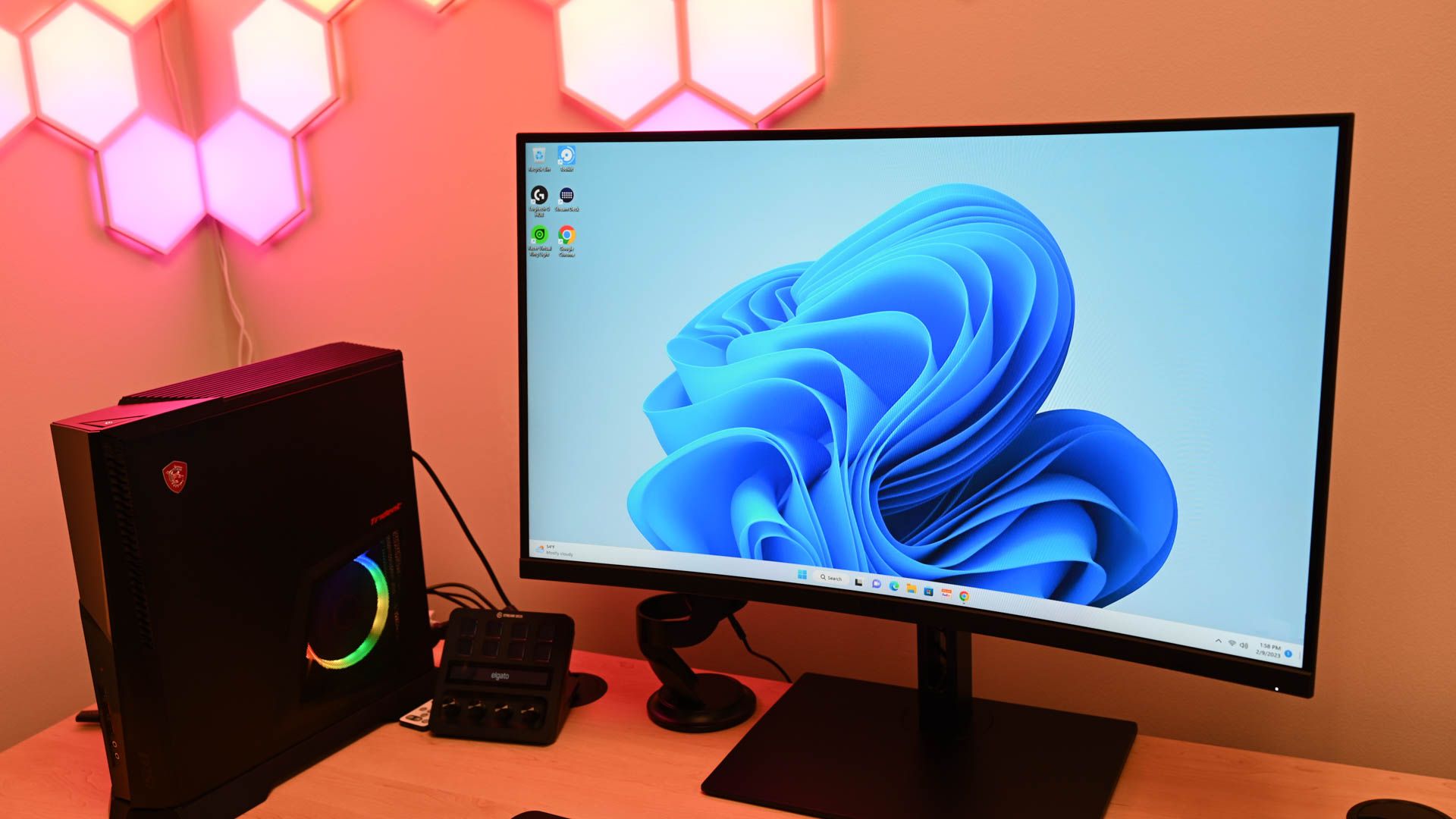
Related
I Customize These 7 Settings Right After Installing Windows 11
Windows 11 works best with these configurations.
These are some of the mistakes that have affected my Windows experience negatively in the past. If you’ve made any of these mistakes and had a frustrating experience with the Windows operating system, you’re probably now aware of the culprits. To help your device run smoothly, don’t over-customize, free up storage space, organize your data, and declutter your desktop.


